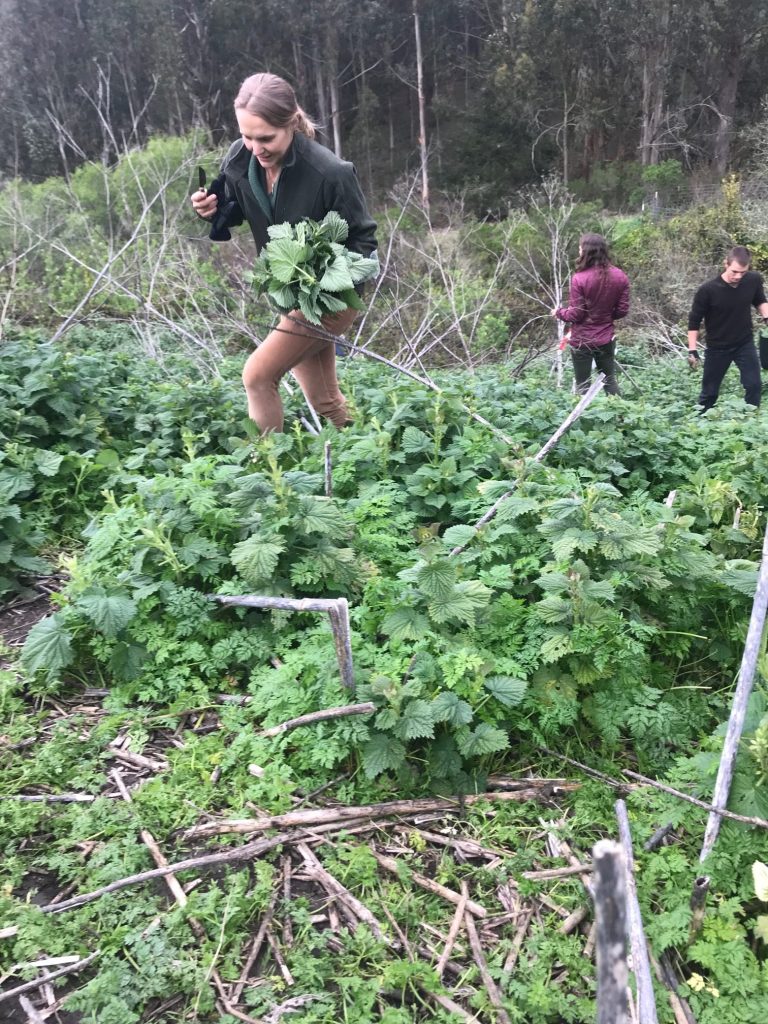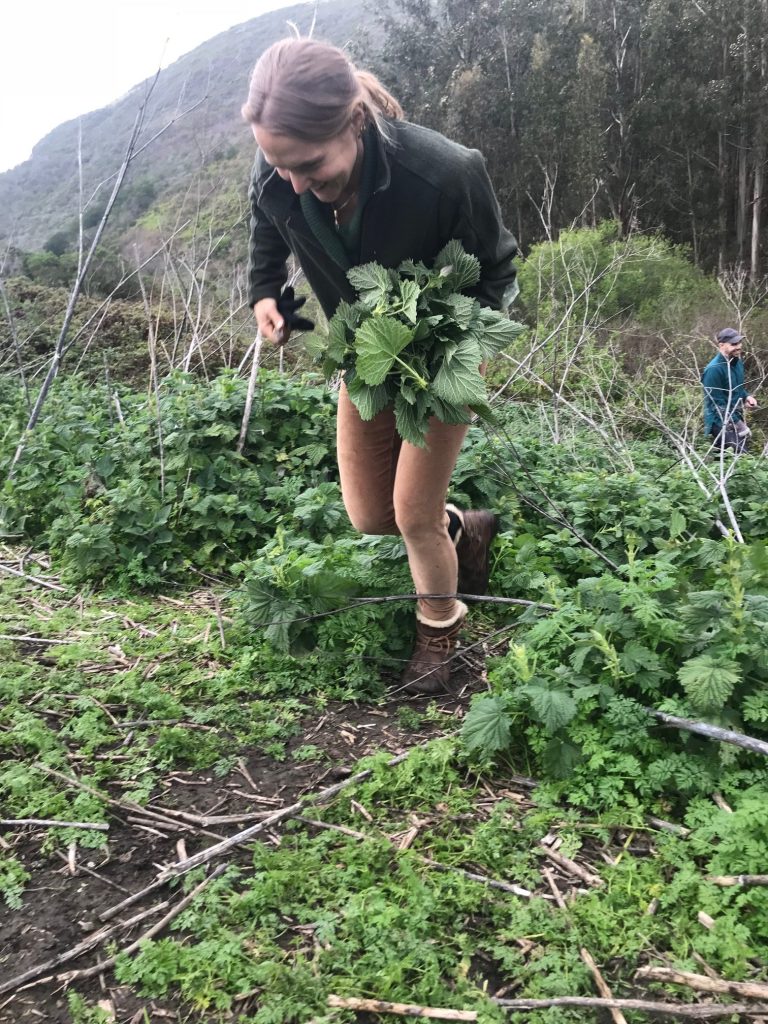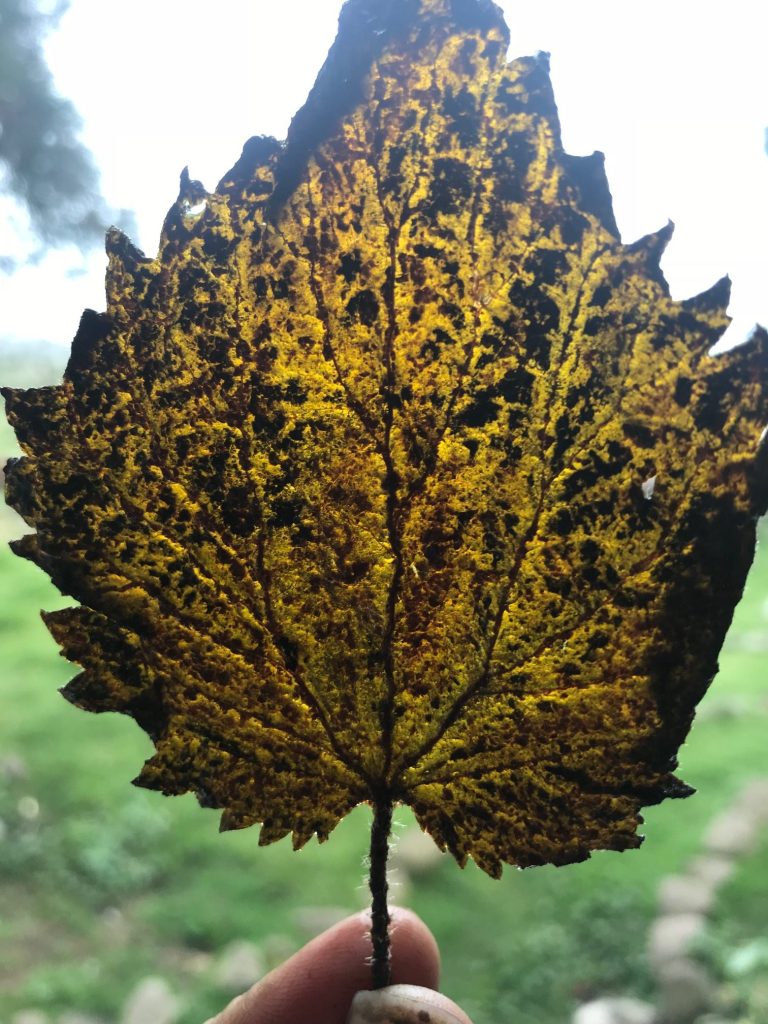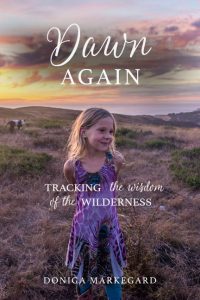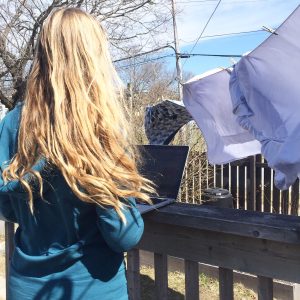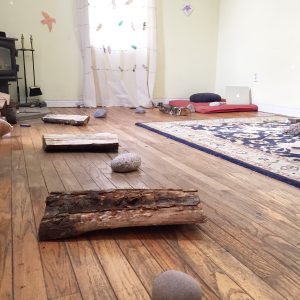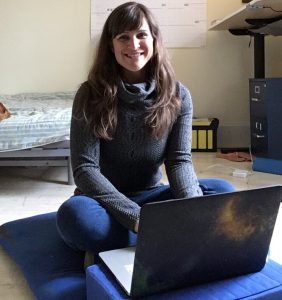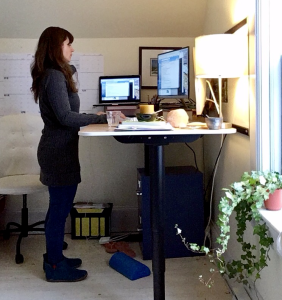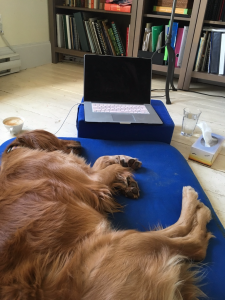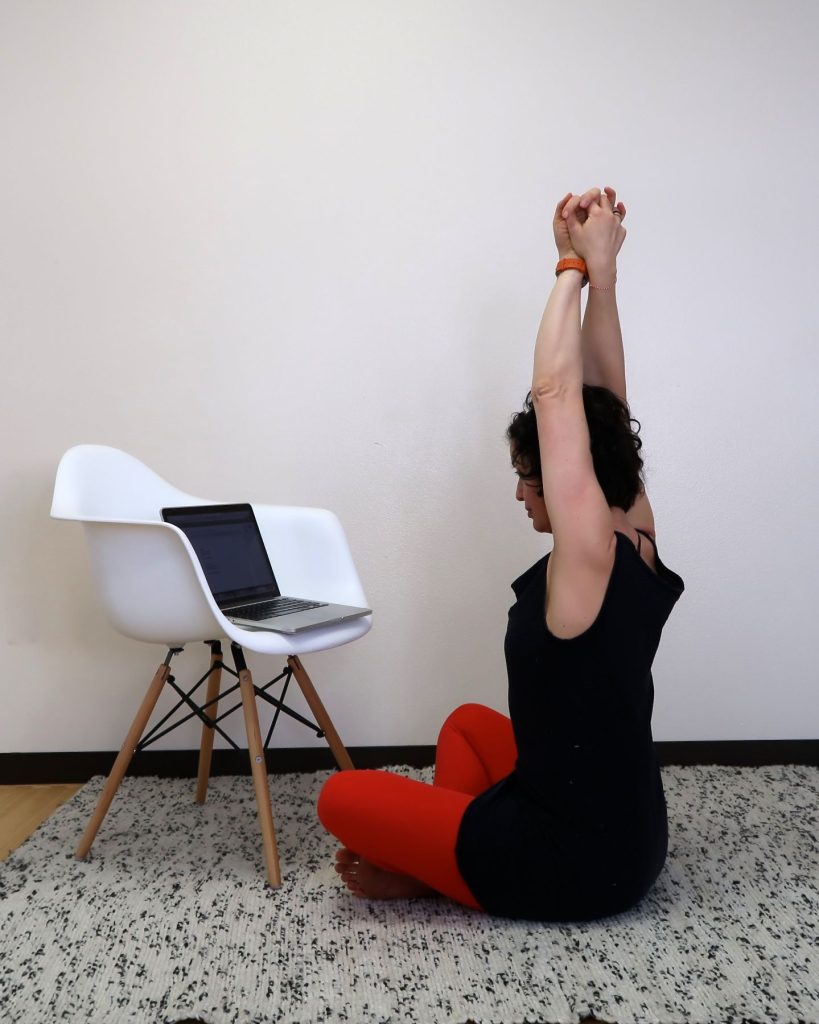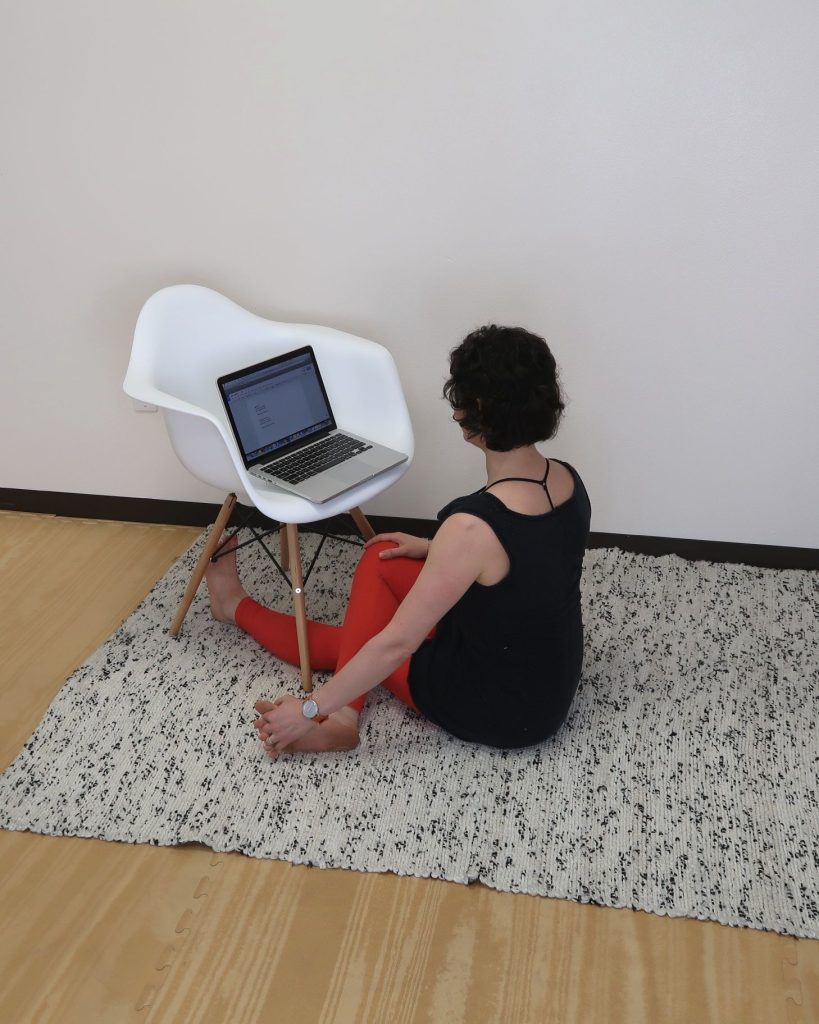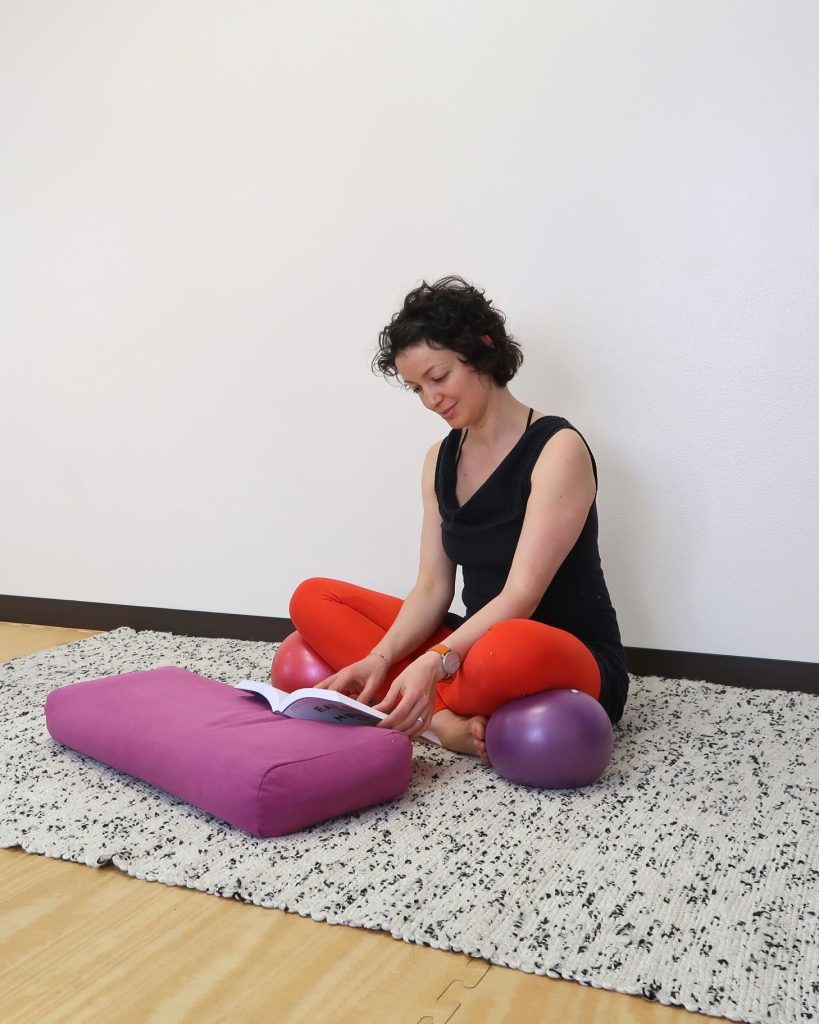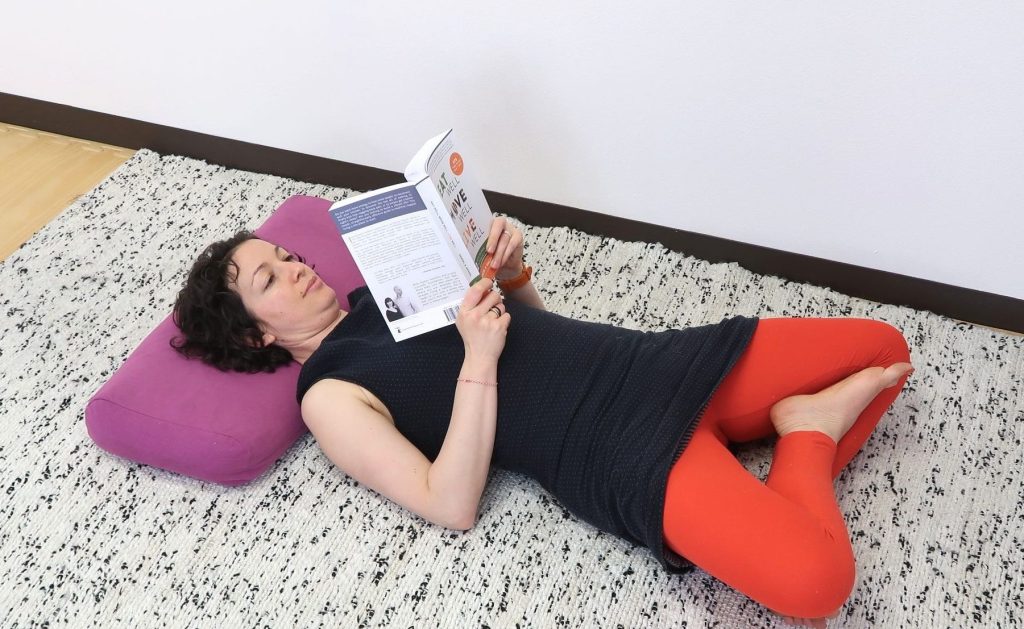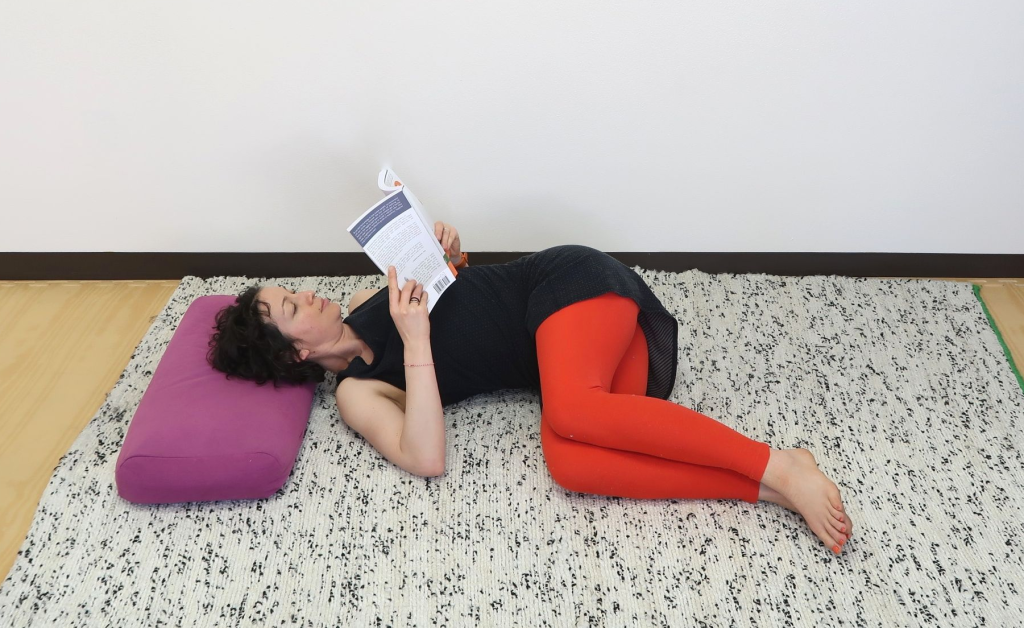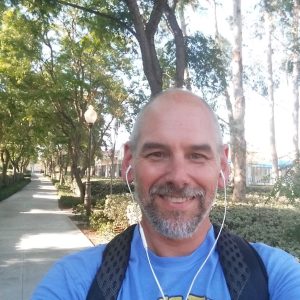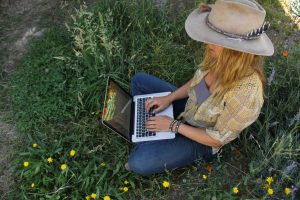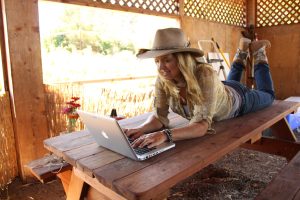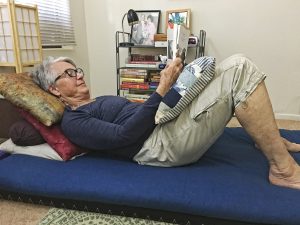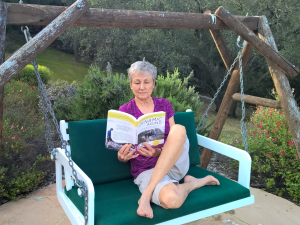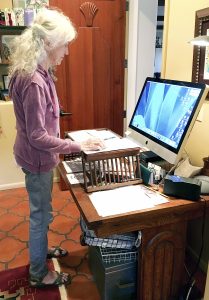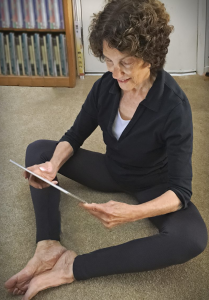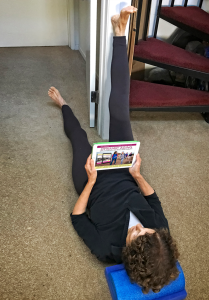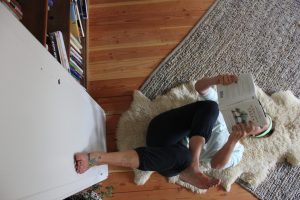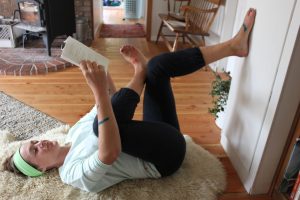You might have heard that Roland & Galina Denzel, co-authors of Eat Well, Move Well, Live Well, have recently moved from California to a new home in Colorado. Want to know more about what they’ve been up to? Hear it from Galina herself below.
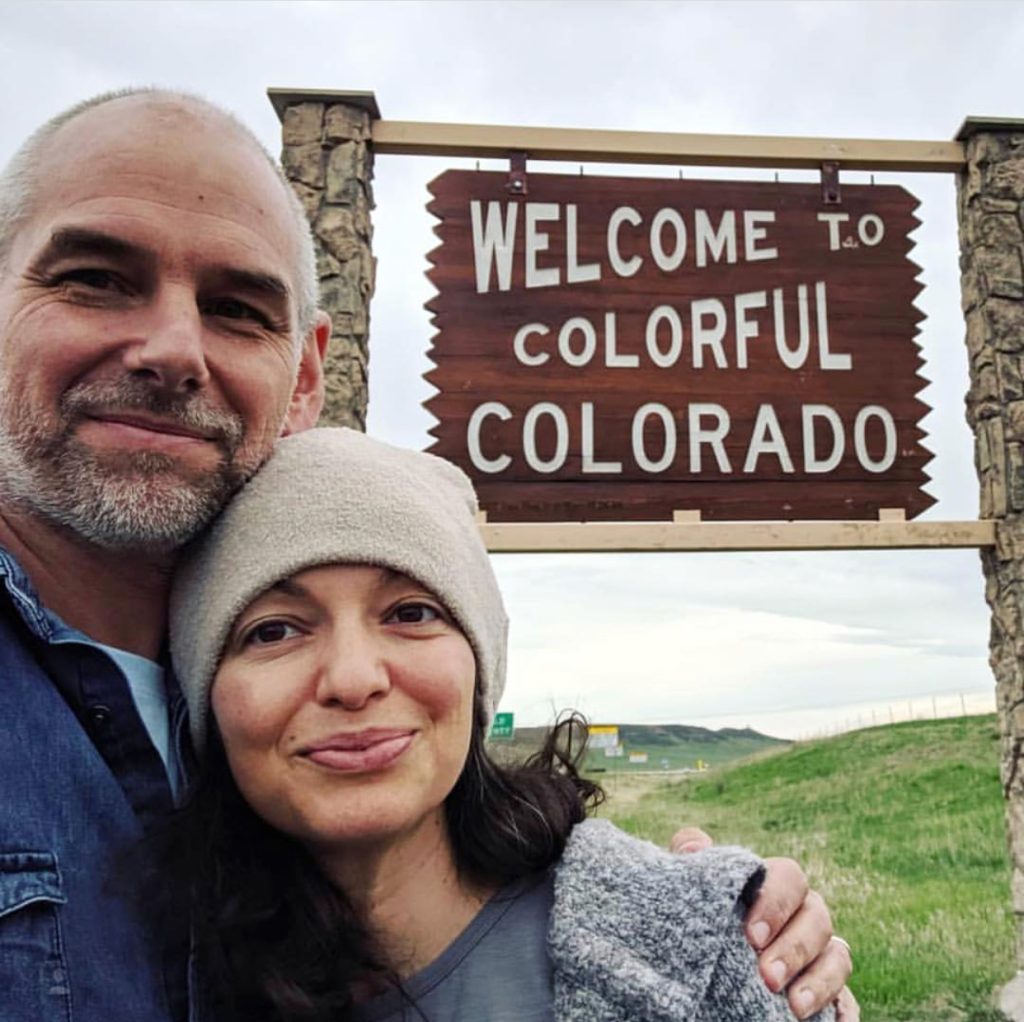
We’ve been writing together for 11 years and living together as a family for eight. During that time, I had a full-time job as a movement teacher and trauma healing specialist, and Roland worked as a print analyst for a large corporation, with evenings and weekends dedicated to writing and health coaching. We had very full and demanding lives, and we tried to maximize our self-care in the little time we had.
During these eight years together, we took greater and greater strides towards modifying our environment—we were always aware that a real food diet and exercise were not enough to offset the effects of a sedentary lifestyle, a noise-polluted environment, and a nature- and community-deficient life. So we moved from an apartment that had little light and plant growing space, where we literally grew our greens with a grow light, to a larger space with more light and room to teach cooking classes. Then we moved to a townhome with more growing space for veggies and edible flowers and a gathering space for friends that was closer to my studio so I could walk instead of bike, and much closer to wilderness trails than before. We were aware of how changing our living space created more opportunities for movement, for nature, for better food, for connection. We even had a quieter space to record our podcast! Yet, we felt that long workdays indoors, and some of our new dreams—relationship, creative and professional—were asking for yet another change in environment.
In May, we moved from California to Colorado. For me, it was a love at first sight experience, since I grew up next to mountains and have always felt so at home around peaks, trees, and snow-surrounded valleys. Roland, a California native, is still learning that weather is fun—and having four seasons in one day is totally a Colorado experience. Also, hail hurts!!
We’ve been blessed with wonderful friends and community here, as so many of our Nutritious Movement colleagues and friends live close by. We’ve also discovered that three of families we know and love are moving here later this year, independent of each other, and our hearts are so full!
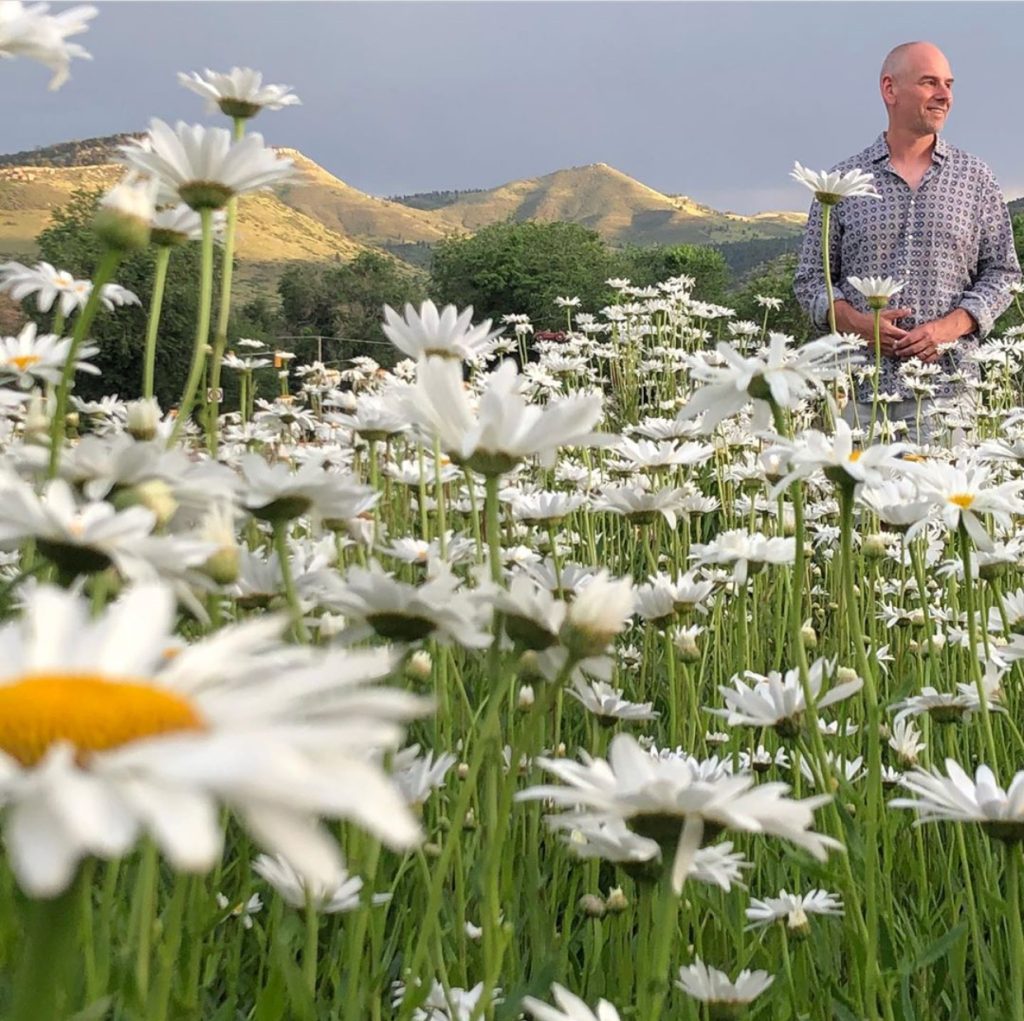
Of course, not owning my movement studio and working more online with clients has created a whole new flow of the day—we are being conscious of more screen time, and truly dedicated to bookending our days outside in natural light. We’ve also found that gardening and badminton make incredible movement breaks outside! We were lucky to find a neighborhood with established old trees and native plant gardens, so each walk is truly a healing balm for the eyes. We have bunnies, squirrels, and even foxes here in Fox Hill, Longmont. The Rockies are just a short drive away, and there are plenty of people to hike with!
We’re finding that more outdoor time in natural light, more time to be with friends, and a community that supports care for the environment are truly nourishing us. Even something as simple as being able to compost 90% of our trash and dedicating ourselves to be as single-use and plastic-free as possible is making a huge difference in our mood and mental health. People are asking if we miss the ocean—who wouldn’t miss the ocean? Or the friends we have in California?! You have to grow your heart to hold everything you love and everything you are stepping into! We have many sweet memories of it and we know we will visit for long walks and swims soon!

What are we working on now that we are not in our 10-12 hour day full-time jobs? I am working on bringing new movement courses and workshops, as well as coaching offers, to our online school on eatmovelive52.com, and have been growing a beautiful and compassionate curriculum around emotional eating and conscious eating. In fact, I just finished a new free book called Peace with Self Peace with Food, which will be available for free for a short while, as readers become familiar with a nervous system approach to healing from the pain of emotional eating.
Roland took the big plunge out of the corporate world last year, and if you’ve ever done anything like that you know it’s scary as hell. Yet, he’s been consistent and passionate about helping others and he’s growing a wonderful community of people who are interested in losing weight in a kind and compassionate way through a real food lifestyle. He has a new program coming up, called Weight Loss Now. He’s also leading several Breakthrough coaching groups for people who are serious about making a change in their health trajectory. He’s also working actively on his urban fantasy novel and is helping out writers in his Indestructible author community live healthy and happy lives as they write long hours each day to make their book ideas reality!
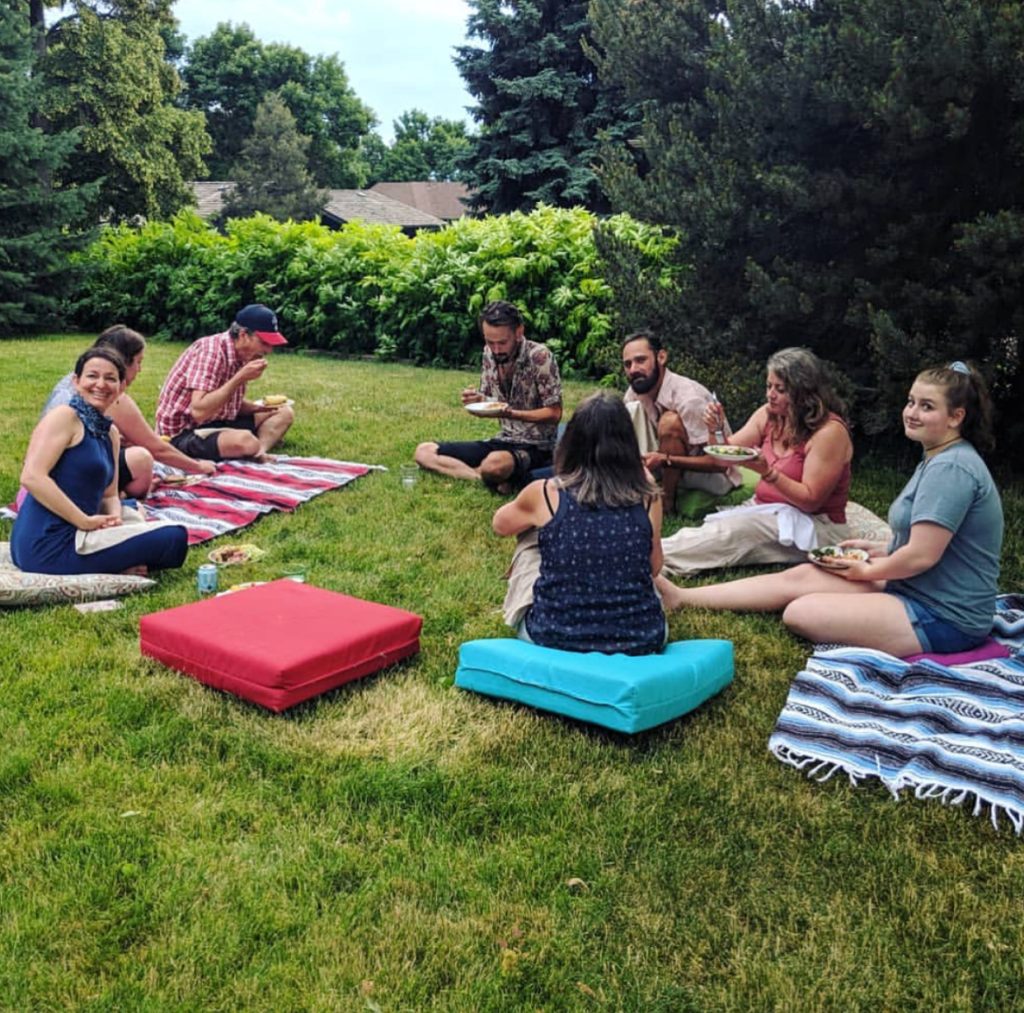
Life has been good to us. We’ve said yes to our vision for a new season of life, and we are so blessed to be supported by beautiful nature, a home that can hold our work and life, and be a base for local learning and retreats, and a community of people who need nature and love it as much as we do. Many of you know that we chose Colorado because I want to go back to school here, and I can’t wait to tell you more about it next time.
For now, from us, the Denzels, happy reading and we hope that the tools, tips, and life we share inspire you to grow your dreams and make them happen wherever you are.

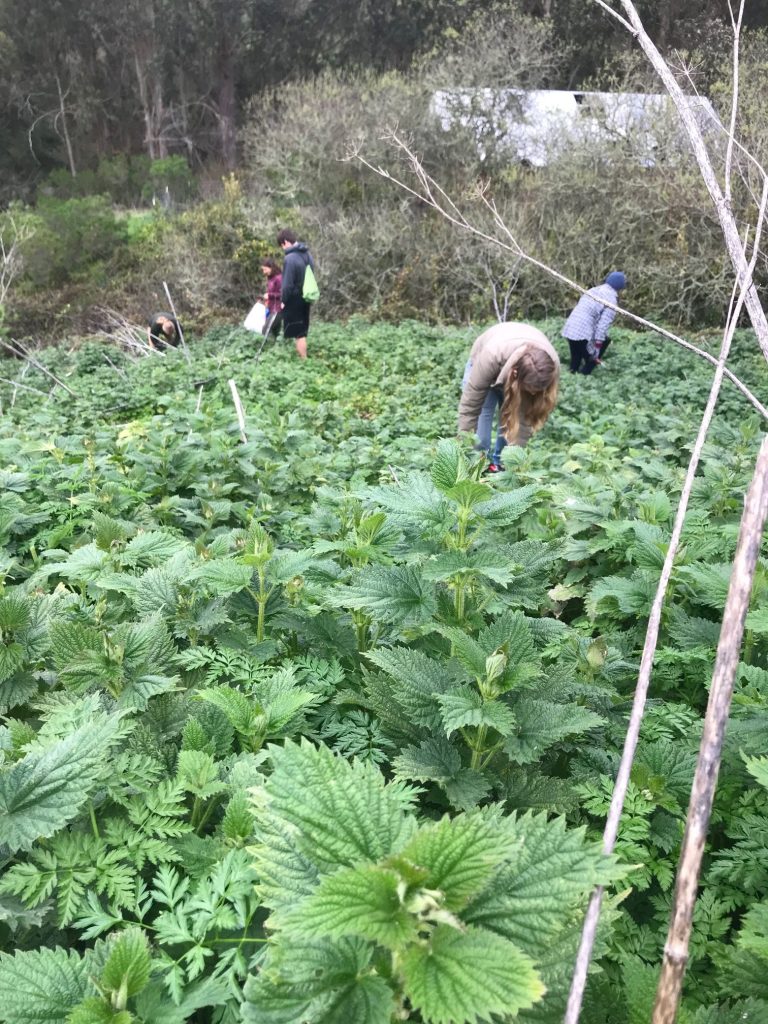 It was not always that way. There was an old barn on the hill above, that once was a milking barn and then held moonshine during prohibition. The activities in the barn helped pay the mortgage on the ranch and supported the growing family of settlers. When my husband arrived on the ranch the barn was falling down, due to lack of maintenance. The new owners made money elsewhere and simply used the ranch as an escape from the modern day stresses and routine.
It was not always that way. There was an old barn on the hill above, that once was a milking barn and then held moonshine during prohibition. The activities in the barn helped pay the mortgage on the ranch and supported the growing family of settlers. When my husband arrived on the ranch the barn was falling down, due to lack of maintenance. The new owners made money elsewhere and simply used the ranch as an escape from the modern day stresses and routine.